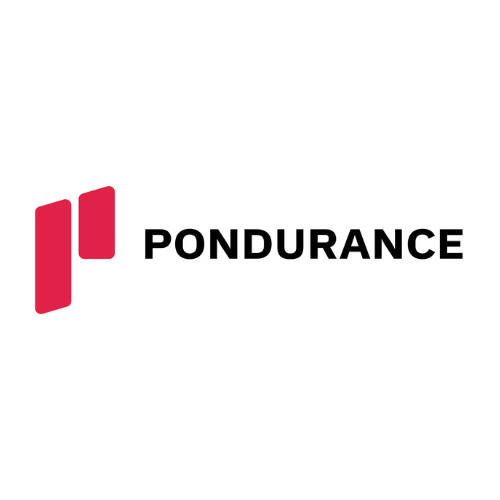
For the first time in United States history, we have five different generations in the workplace.
- Traditionalists – born 1925 – 1945
- Baby Boomers – born 1946 – 1964
- Generation X – born 1965 – 1980
- Millennials – born 1981 – 2000
- Generation Z – born 2001 – 2020
As an employer, the quicker you understand the skills and motivation each generation brings to your company the better. The interaction of these different generations is a valuable asset for your company. Working together, they can assist you in building the most productive and innovative workforce in your company's history. Each generation has unique lived experiences - ranging from the Great Depression and WWII to the Vietnam War, September 11th and prolonged unrest in the Middle East, as well as many other important cultural and historical events.
These diverse experiences lead to varying values and expectations in the workplace. For these reasons, employers face challenges in setting up compensation and benefit systems as well as creating workplace cultures that reflect the needs of all generations. This is potentially the most challenging time in history for Human Resource professionals to build effective teams and for Leaders to guide them to ultimate success.
- Understanding Experiences and Expectations: The first step to managing a multi-generational workforce is to understand each generation's experiences and expectations to best meet and address their needs. This infographic from Purdue highlights trends within each of the generations.

- Strategy of Strengths: Once your company understands these generational differences, you can begin to build your workforce strategy in order to best incorporate the strengths of the different generations. A solid workforce strategy will help ensure sustainability, healthy growth, and success. This strategy can help you identify talent and skills gaps, forecast supply and demand, and ensure that you have the right people to meet your strategic objectives. Benefits of a solid workforce strategy include reduced hiring costs, fewer talent gaps, increased retention, and better management of risk.
- There are several steps to building a workforce strategy and the process always starts with defining workforce needs based upon your strategic organizational goals. Next, analyze market trends for each need as well as your internal trends (e.g. retention, turnover). After you have defined your needs, evaluate your current talent and figure out how you can tap into other sources of manpower to fill your needs. It is always recommended that your workforce strategy is diverse and tailored to your specific company. Tap into the plethora of resources in our region including interns, new graduates, mid-senior level transfers, upskilling, and a diverse range of candidates including older adults, veterans, new Americans, reentered citizens, and people with disabilities. With a robust balance of employee sources, you can ensure a strong workforce as well as a deep bench of new employees.
3. Monitor & Adjust: After you develop your workforce strategy, it is crucial for your company to continue to assess your plan, your outcomes, and your success in order to make necessary adjustments to ultimately achieve your company’s goals.
Embrace the opportunities a diverse generational workforce presents to create a robust culture capable of tackling challenges and driving growth and success.
Author Bio: Cassie Barlow is the President of SOCHE, a non-profit organization that collaborates with Higher Education, K-12, employers and government in order to impact economic development through education and employment.



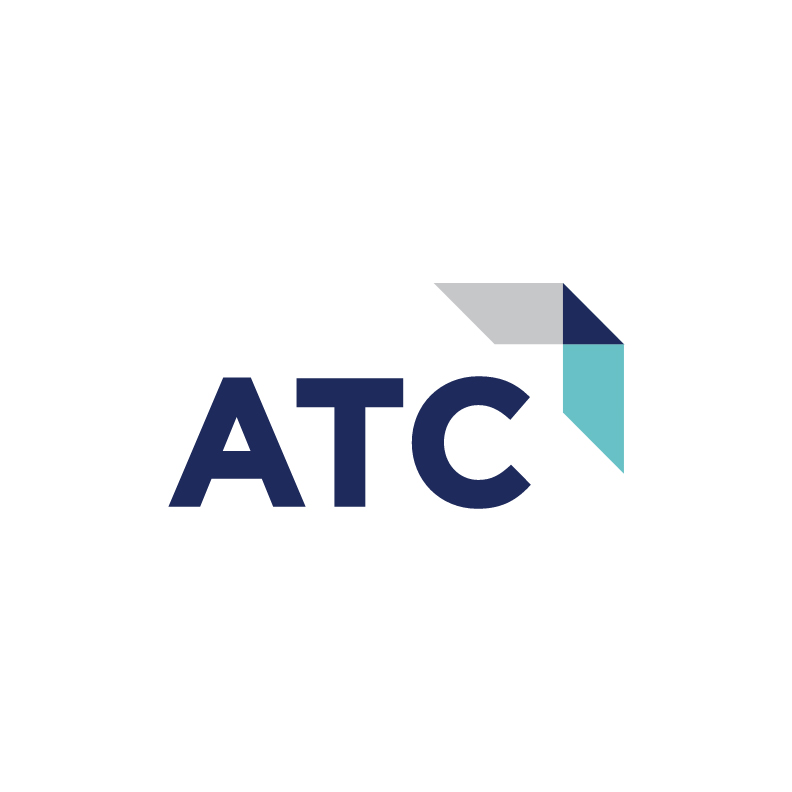
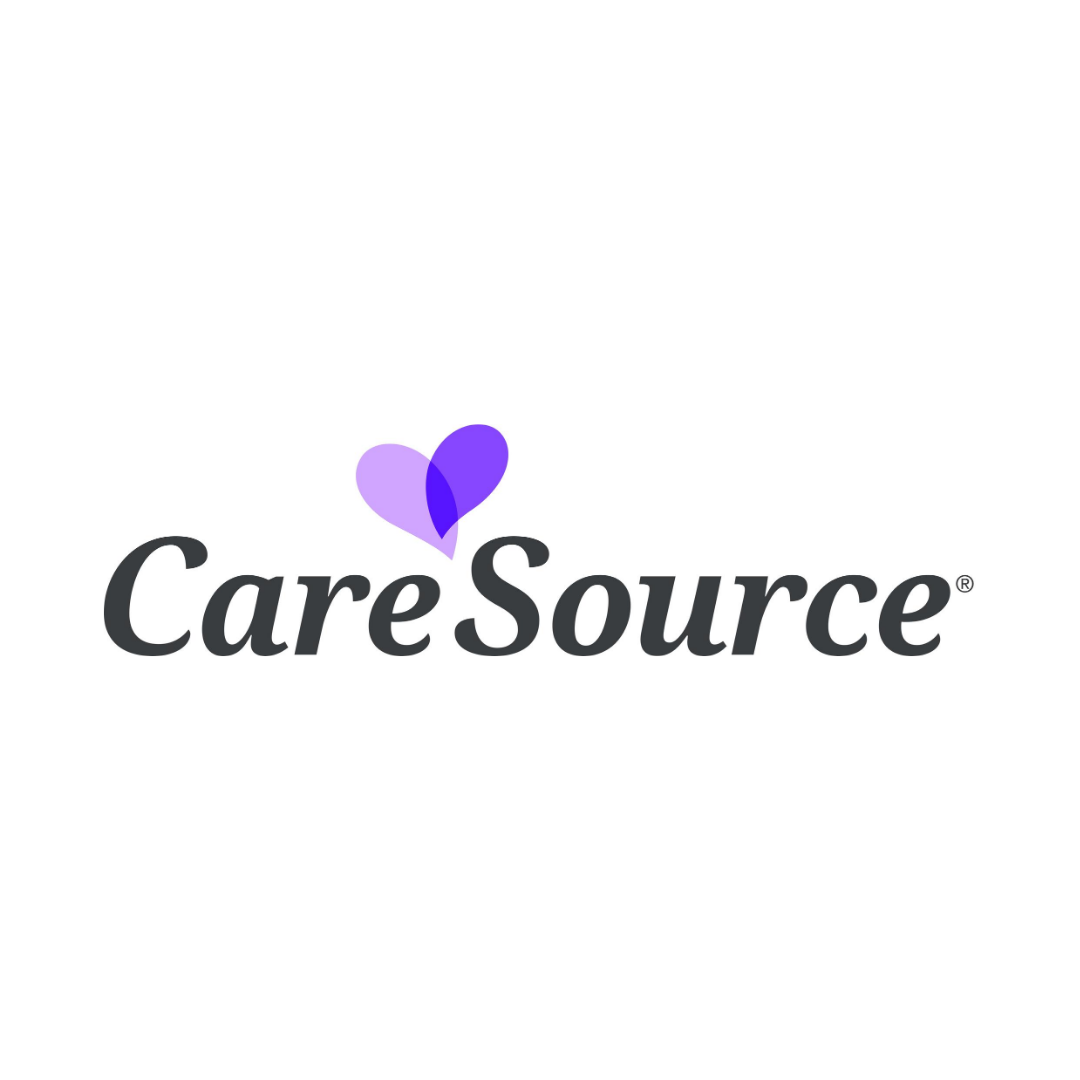


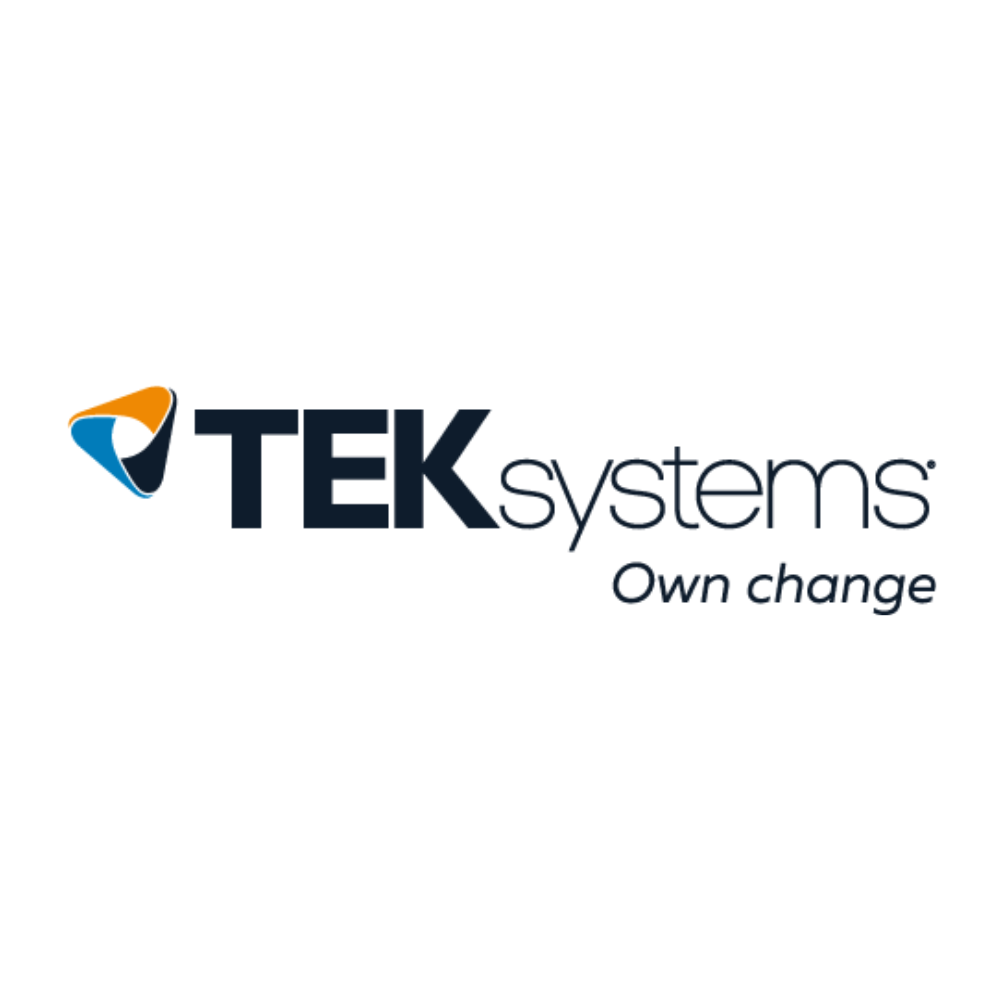
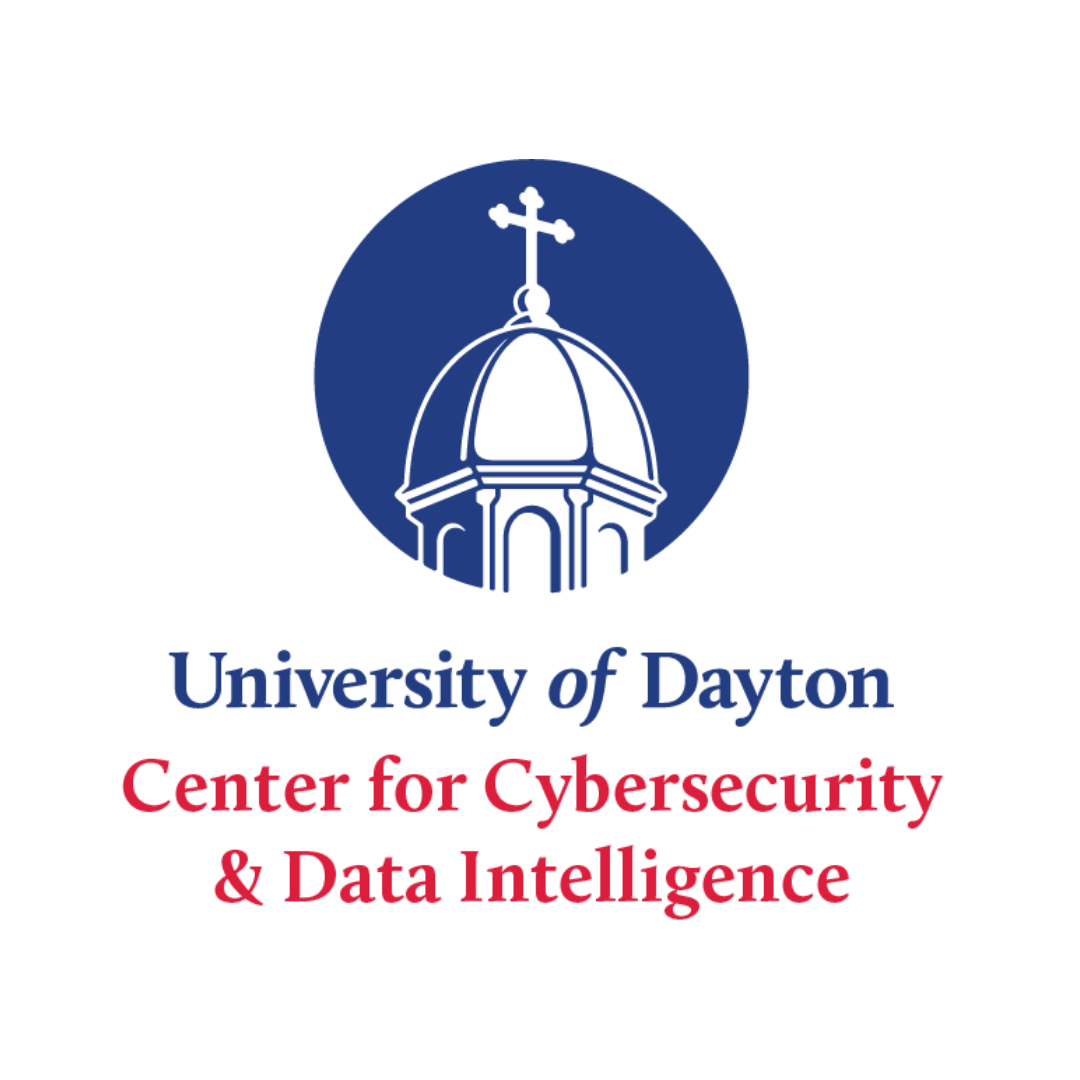
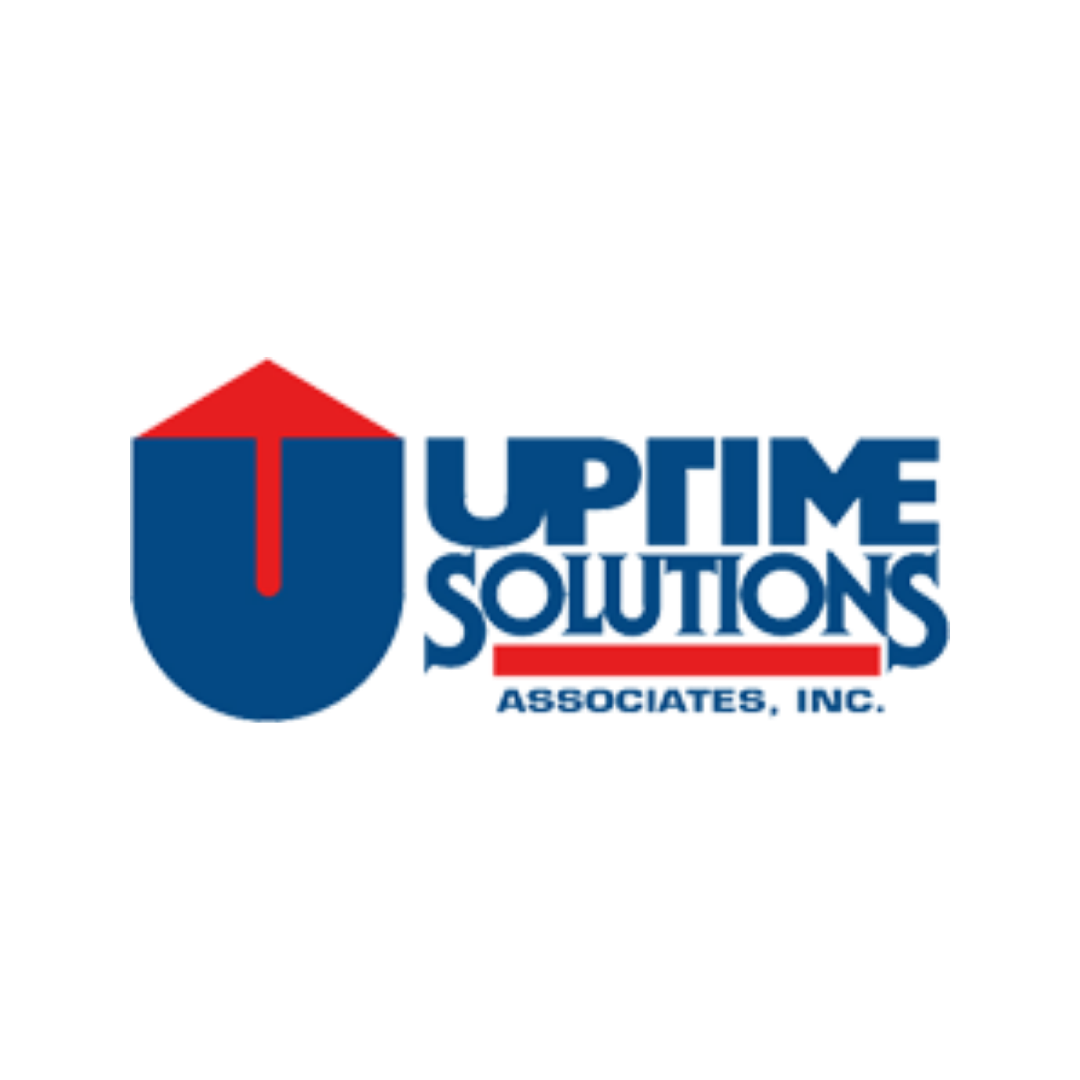




.png)


